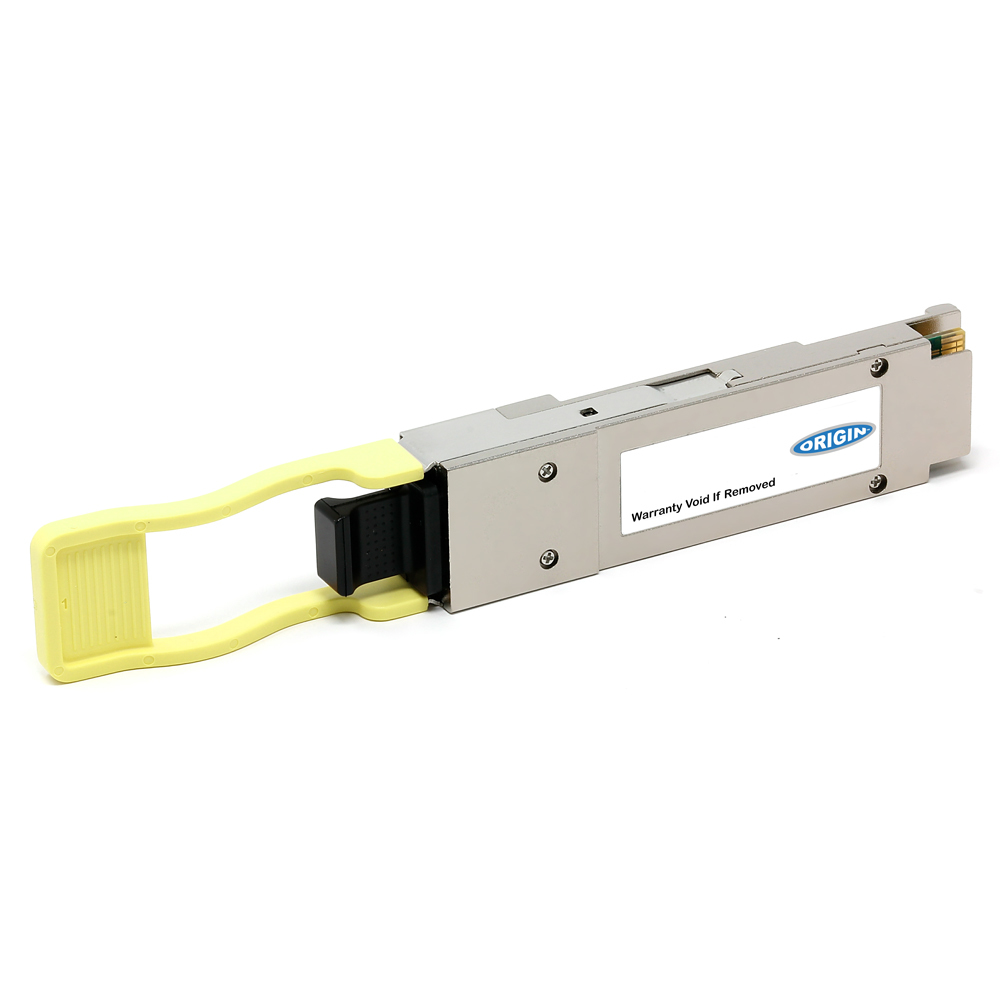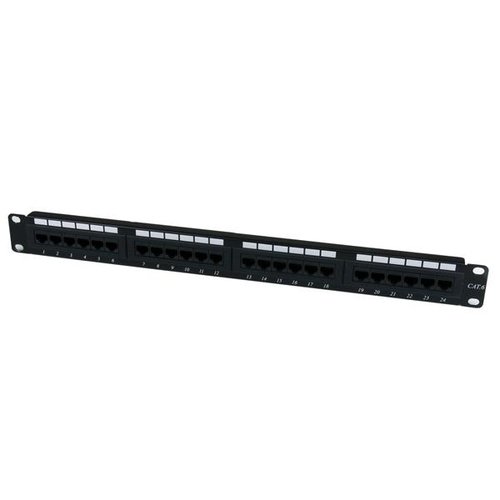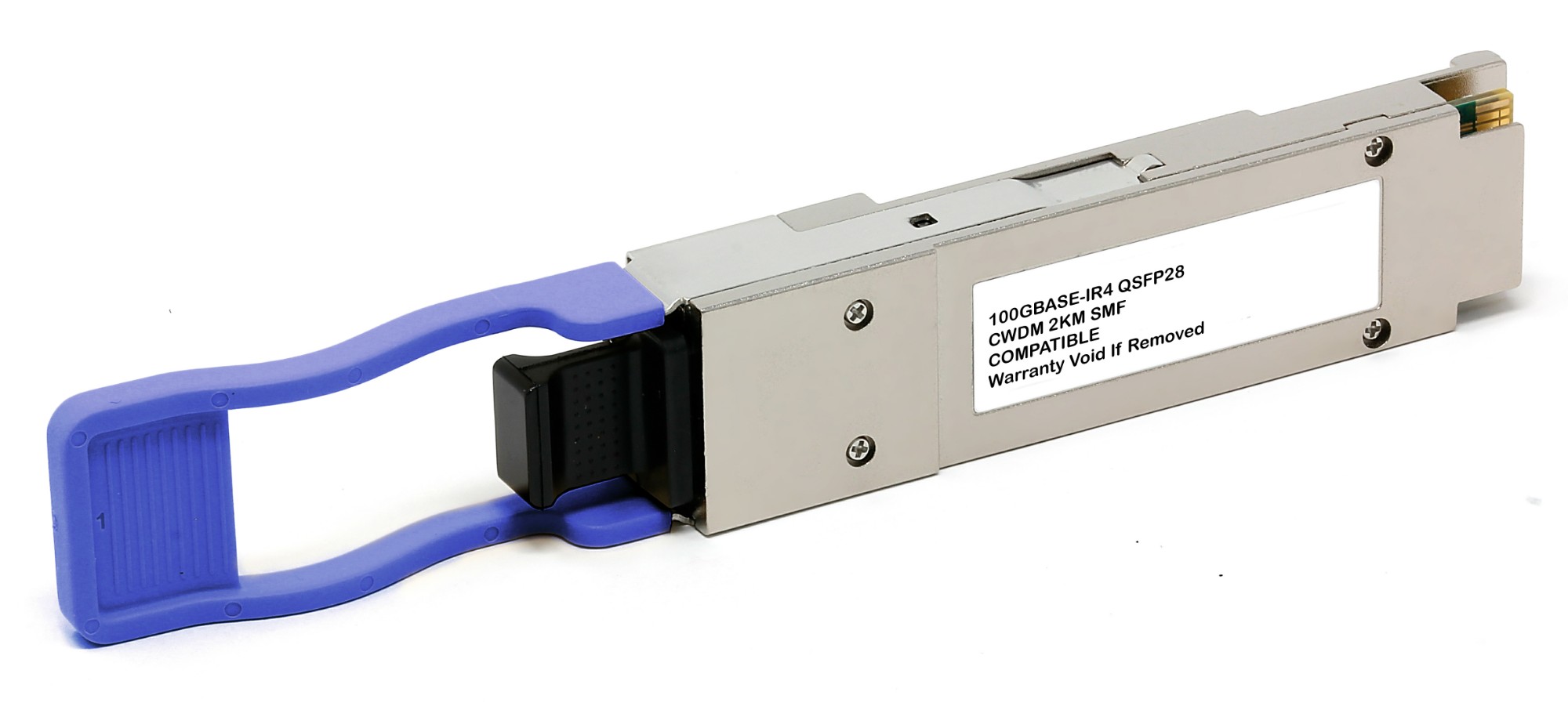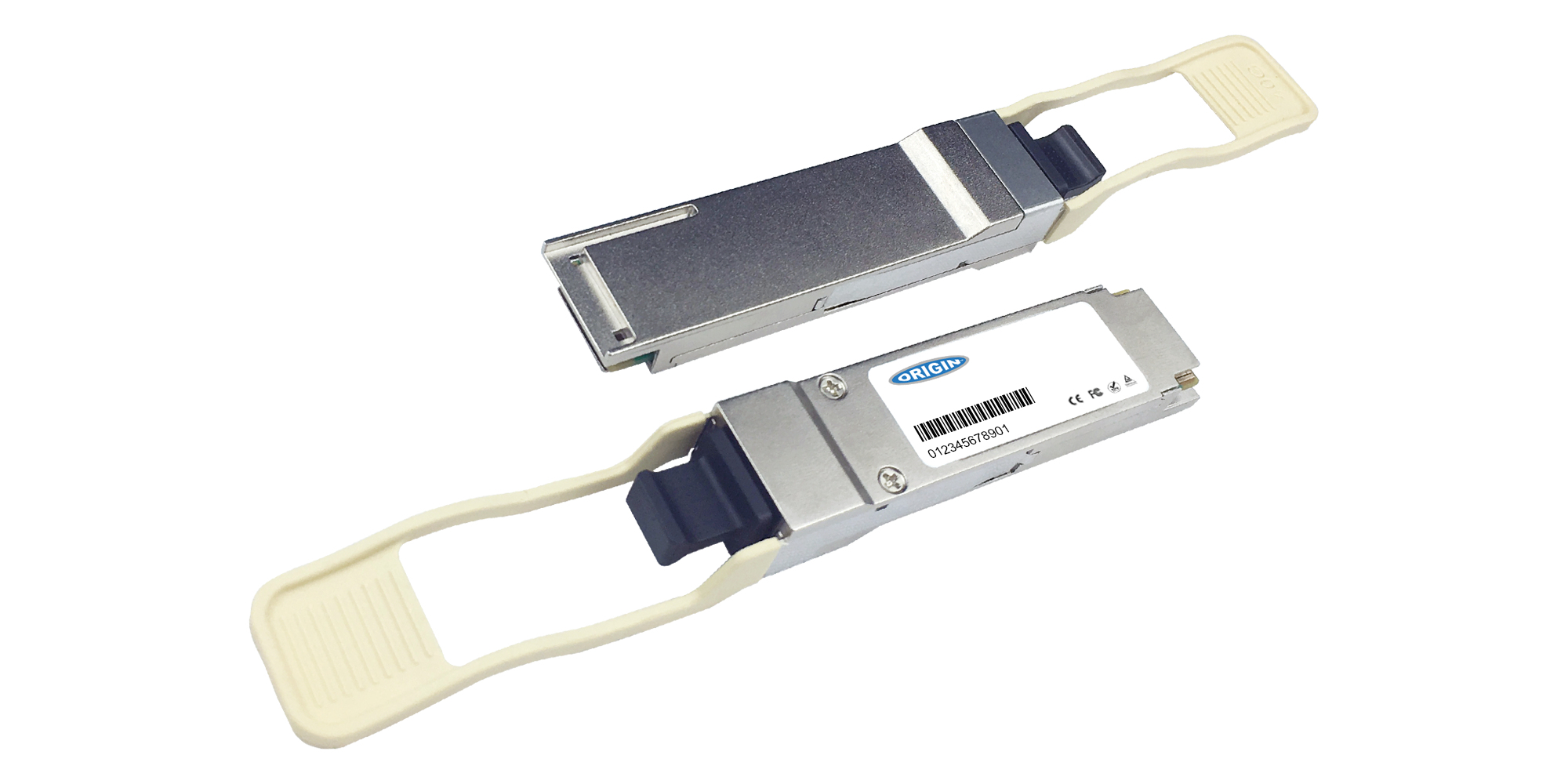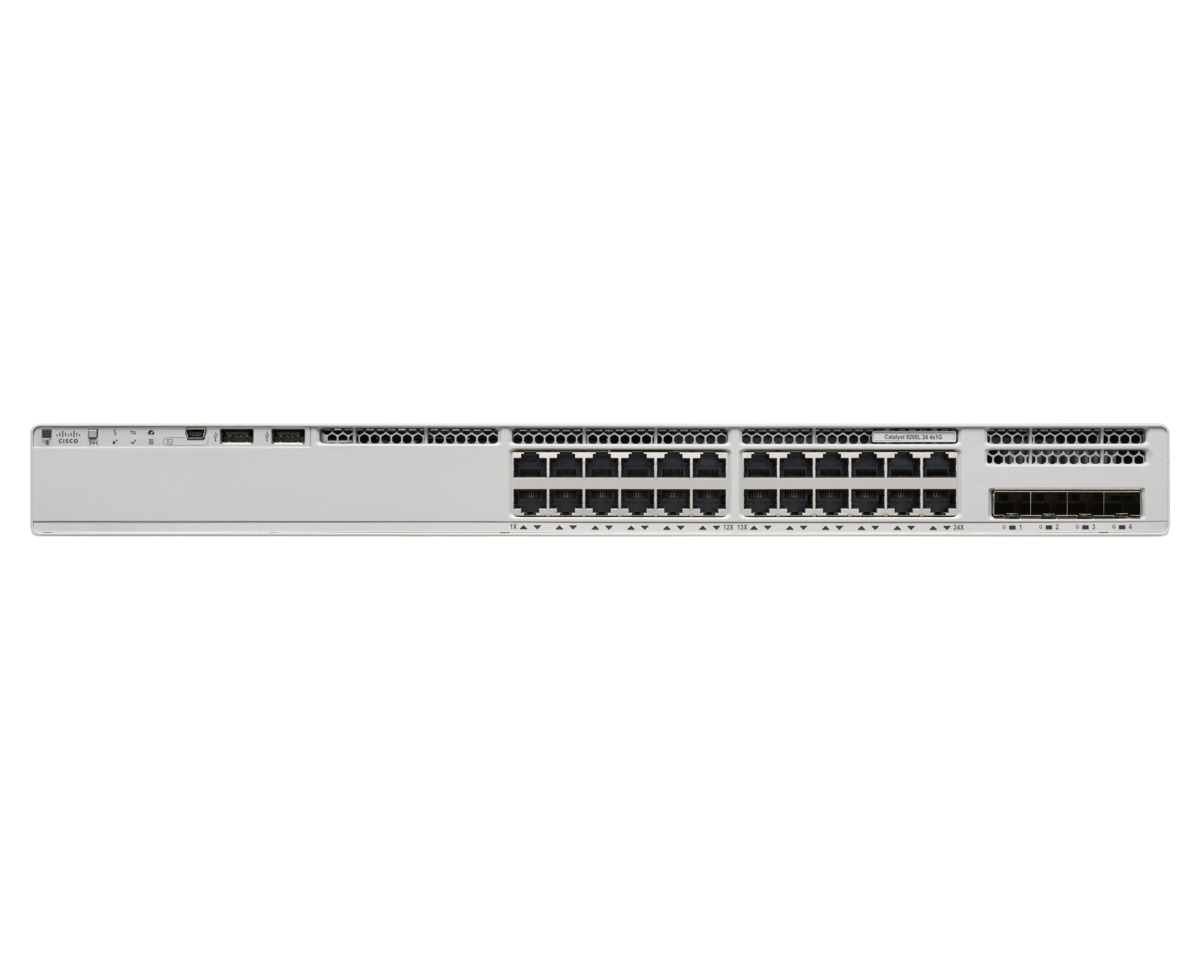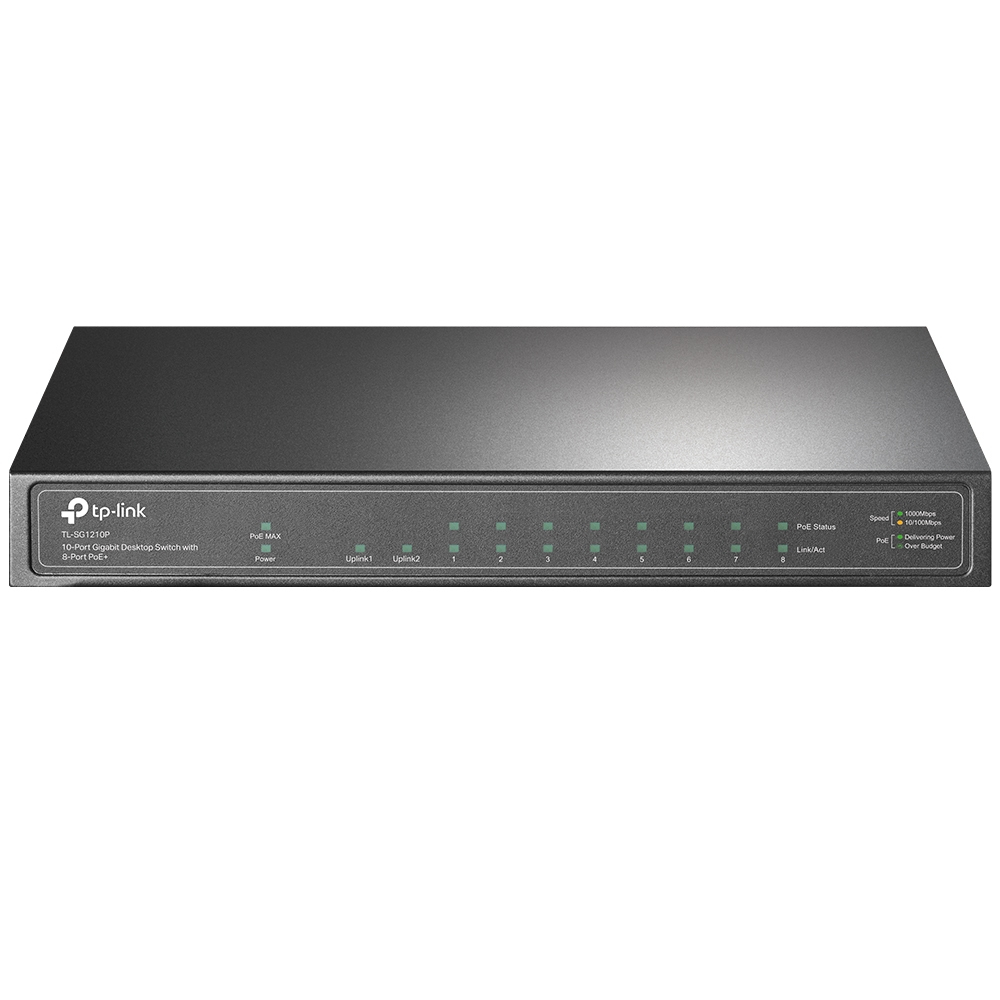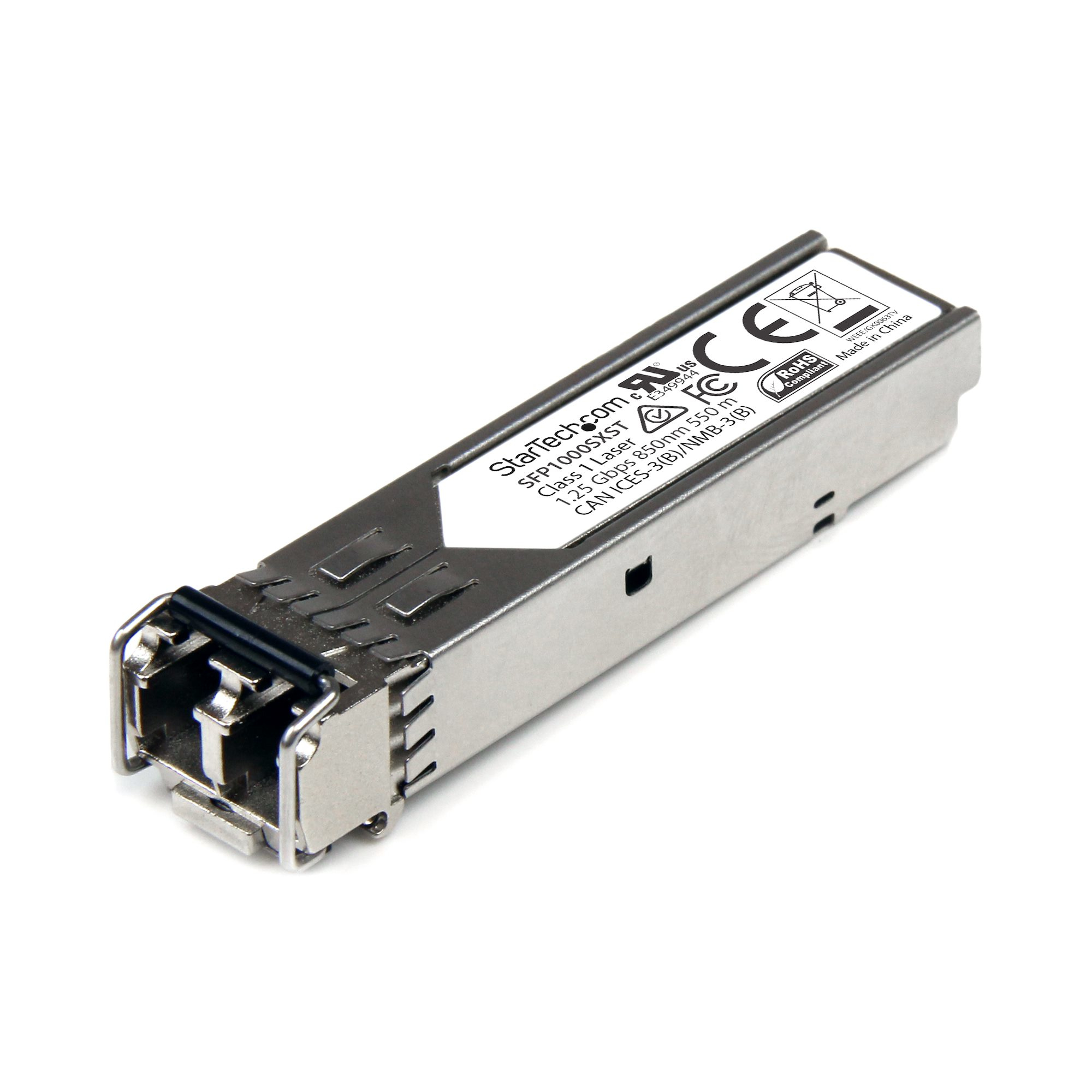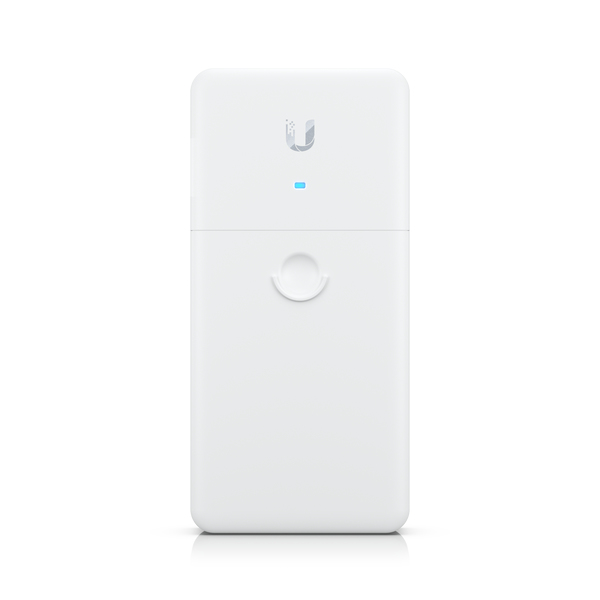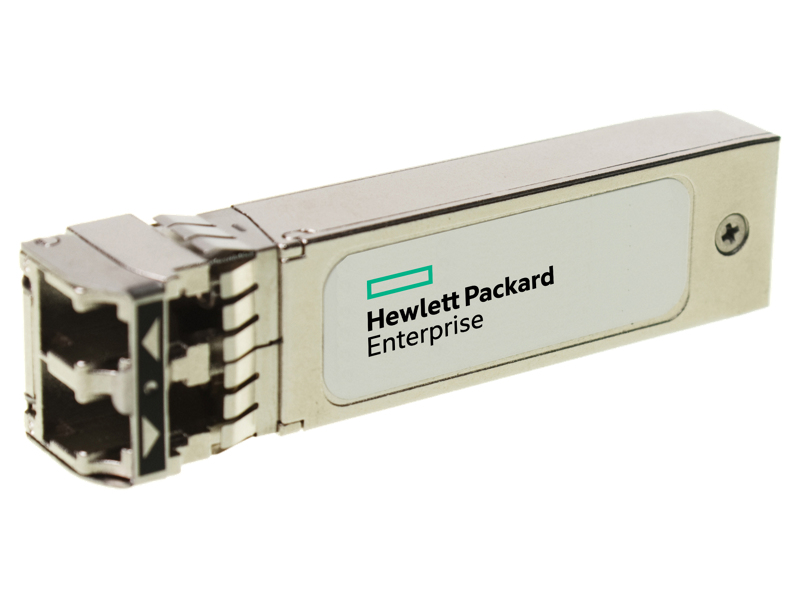Networking
790 –
800
of
3279
Availability
Sort by
Advance Filters
Origin Storage
Origin Storage JNP-QSFP-100G-SR4-OS Origin Storage QSFP28 100GBASE-SR4 100-Gigabit Ethernet Module Juniper Compatible
QSFP28 100GBASE-SR4 100-Gigabit Ethernet Module Juniper Compatible
Part# JNP-QSFP-100G-SR4-OS
SKU S19454
Origin Storage
Origin Storage E100G-QSFP28-SR4-OS Origin Storage 100GbE QSFP28 SR4 Optic (MTP) 100m over MMF Ruckus Compatible
100GbE QSFP28 SR4 Optic (MTP) 100m over MMF Ruckus Compatible
Part# E100G-QSFP28-SR4-OS
SKU S19454
StarTech.com
StarTech.com C6PANEL24 StarTech.com 24 Port 1U Rackmount Cat 6 110 Patch Panel
Organize up to 24 Cat6 patch cablesThe C6PANEL24 24-port 110-type Rack Mount Cat 6 Patch Panel is color coded for both T568A and T568B wiring providing the perfect solution for any voice or LAN application.For hassle-free connections, the patch panel offers straight Cat 6 ports with 110-type termination, making it easy to insert and remove your cables. The 24-port patch panel also offers a quick and easy way to identify your cable runs, with port numbers clearly marked on the back of each RJ45 port, and a writeable/erasable marking surface for each port on the front of the panel for efficient system management.Durably constructed of only top quality materials, this 24-port Network Patch Panel is backed by StarTech.com’s 2-year warranty.The StarTech.com Advantage- Organize up to 24 Cat6 patch cables- Clearly numbered RJ45 ports make it easy to identify your cable runs- Label each cable run on the writable / erasable marking surface of each port located on the front of the panel for efficient system management
Part# C6PANEL24
SKU S19454
Origin Storage
Origin Storage MA-QSFP-100G-SR4-OS Origin Storage SR4 QSFP 100G Transceiver Cisco Meraki Compatible
SR4 QSFP 100G Transceiver Cisco Meraki Compatible
Part# MA-QSFP-100G-SR4-OS
SKU S19454
Origin Storage
Origin Storage 407-BBSI-OS Origin Storage 407-BBSI Dell Compatible Transceiver QSFP28 100GBase-SR4 (850nm MMF 100m MPO DOM)
Origin Storage 407-BBSI Dell Compatible Transceiver QSFP28 100GBase-SR4 (850nm MMF 100m MPO DOM)
Part# 407-BBSI-OS
SKU S19454
Cisco
Cisco C9200L-24P-4G-E Cisco Catalyst 9200L Managed L3 Gigabit Ethernet (10/100/1000) Power over Ethernet (PoE) Grey
Part# C9200L-24P-4G-E
SKU S19454
TP-Link
TP-Link TL-SG1210P TP-Link TL-SG1210P network switch Unmanaged Gigabit Ethernet (10/100/1000) Power over Ethernet (PoE) Grey
PoE Switches for Your Ultra Convenience10-Port Gigabit Desktop Switch with 8-Port PoE+TL-SG1210PSurveillanceWork with IP CamerasConference CallWork with IP PhonesWi-Fi CoverageWork with Omada EAPsEasy to UsePower over EthernetPort 1-8 of the switch support Power over Ethernet (PoE) function. These PoE ports can automatically detect and supply power with those IEEE 802.3af/at compliant Powered Devices (PDs).Intelligent Power ManagementWhen total power consumption excels 63W, the intelligent power management will cut the lower priority port power off to ensure the high priority port’s power supply and protect the device from power overload operation.Advanced Functions for Higher PerformanceQosFor Fluent Online ExperienceAdministrators can designate the priority of traffic based on QoS, for example, to ensure that voice and video applications remain clear and lag-free.IGMPSnoopingTraffic Optimization for IPTVIGMP Snooping optimizes multimedia traffic delivery, to ensure a better network experience especially for applications like IPTV.Sturdy Metal CasingSturdy, compact metal casing, with desktop/wall-mounting design, to meet your needs in any environment. Besides, fanless design ensures quiet operation.
Part# TL-SG1210P
SKU S19454
StarTech.com
StarTech.com SFP1000SXST StarTech.com MSA Compliant SFP Transceiver Module - 1000BASE-SX~MSA Uncoded SFP Module - 1000BASE-SX - 1GbE Multi Mode Fiber (MMF) Optic Transceiver - 1GE Gigabit Ethernet SFP - LC 550m - 850nm - DDM
1000 Mbps (1 Gbps) | Multi Mode Fiber | LC | 550 m (1804 ft) | Lifetime WarrantyThe SFP1000SXST is an MSA compliant fiber SFP transceiver that’s designed, programmed and tested to work with 1000BASE-SX compatible MSA switches and routers. The SFP transceiver module supports a maximum distance of up to 550 m (1804 ft) and delivers dependable 1 GbE connectivity over fiber cabling.Technical Specifications:• Wavelength: 850nm• Maximum Data Transfer Rate: 1.25 Gbps• Type: Multi Mode Fiber• Connection Type: LC Connector• Maximum Transfer Distance: 550 m (1804 ft)• Power Consumption: Less than 1 Watt• DDM: YesThis SFP fiber module is hot-swappable, making upgrades and replacements seamless by minimizing network disruptions.StarTech.com SFPsAll StarTech.com SFP & SFP+ transceiver modules are backed by a lifetime warranty and free lifetime multilingual technical support. StarTech.com offers a wide variety of SFP modules and direct-attach SFP Cables, providing the convenience and reliability you need to ensure dependable network performance.The StarTech.com Advantage
Part# SFP1000SXST
SKU S19454
Ubiquiti
Ubiquiti UACC-LRE Ubiquiti UACC-LRE bridge/repeater Network repeater
Part# UACC-LRE
SKU S19454
HPE
HPE S2P30A HPE Aruba Networking 10G SR SFP+ LC 400m OM4 MMF C-Class Transceiver
Part# S2P30A
SKU S19454
Get a Quote

Item(s) added to cart

©2025 IT VISION NETWORKS CANADA INC – All Rights Reserved. BN: 717291223 OCN: 1001150813

 0
0
